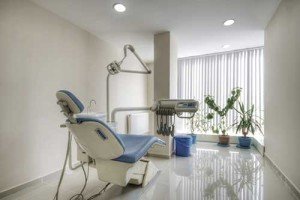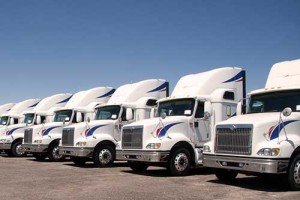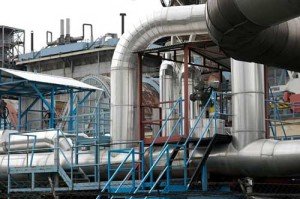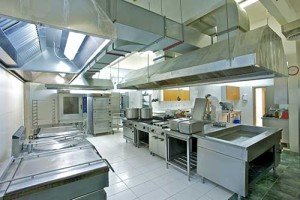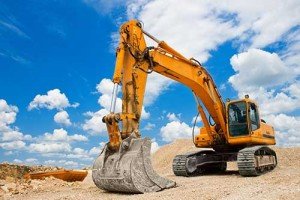Lease Structures
Operating Lease
The most classic equipment leasing option available, an operating lease (or true lease) structures the lease agreement to provide 100% tax deductibility on lease payments as a capital expense. The leased equipment is classified as a rental, allowing the lessee to transfer obligation of the equipment to the lessor at the end of the term.
Capital Lease
The optimal choice for long-term equipment plans and intended eventual ownership, a capital lease (similar to a finance lease) classifies equipment as being owned by the lessee, allowing the lessee to claim tax deductions on the equipment depreciation. A capital lease usually provides a more attractive purchase incentive at the end of the lease term.
Equipment Finance Agreement (EFA) or Equipment Loan Program
A method of equipment financing with fixed payments for a predetermined number of months, where the borrower owns the equipment and the lender merely retains a security interest through the transaction. Between the borrower and an equipment lessor, this sort of agreement is used as a method of refinancing equipment after the lessee has already received and paid for the equipment, but prefers to spread the expensed capital over a payment term. Both the depreciated value of the equipment and the interest on finance payments are tax deductible to the borrower. The equipment finance agreement is an equipment loan.
Most Common “End of Lease” Options
$1.00 BUY OUT
Also known as a capital lease and finance lease, $1.00 buy out is the closest option to straight bank financing. The lessee fulfills payment requirements for the duration of the lease, and once final payment is made along with $1.00, he/she becomes owner of the equipment.
Additionally, equipment must be shown as an asset and depreciated. It is not recommended that the equipment be written off as a rental expense. This simple option requires no further obligation, but one might keep in mind the monthly payments are slightly higher than an operating lease.
FAIR MARKET VALUE
Also known as an operating lease, this option may be tax deductible under IRS guidelines and payments can be written off. The equipment can be purchased at the end of the lease for its current fair market value (an estimated 10%) or the lessee can return the equipment with no further obligations.
10% PUT or PURCHASE OPTION
Also considered a combination of the capital and operating leases, this option can be 10%, 15%, or 20%. The lessee has the option to pay a predetermined percent of the original equipment cost at the end of the lease, or walk away. By leaving a residual at the end of the lease, the monthly payments are lowered. Tax benefits can also be taken advantage of.


